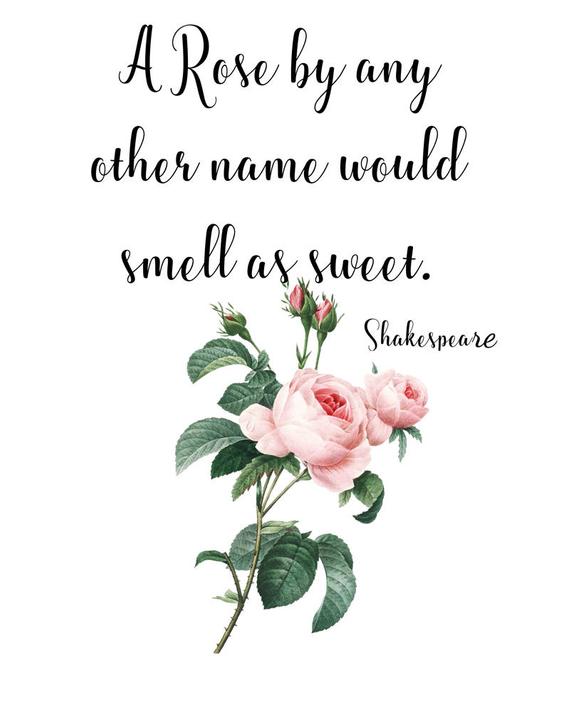The Psychology Behind Colour
It is interesting to think that even as children we are drawn to color, children often proudly declare and attach to a “favorite color” and it appears in their clothing, bedding, toys, knapsacks, and even toothbrushes.
As adults, many of us don’t pay attention to color as much as we used to. However, color can be associated with certain feelings and emotions.
Even when we are not consciously focusing on color, advertisers, brands, and companies are. They do use it to create trust, reach more customers, create cravings, and to sell products.
“Colour psychology is the study of hues as a determinant of human behavior. Colour influences perceptions that are not obvious, such as the taste of food. Colors can also enhance the effectiveness of placebos.”

In a study titled “Impact of color on marketing,” researchers found that up to 90% of snap judgments made about products can be based on color alone, depending on the product.
In another curious study titled “A rose by any other name…,” when subjects were asked to evaluate products with different color names, such as makeup, fancy names were preferred far more often.
For example, “mocha” was found to be significantly more likable than “brown,” despite the fact that the subjects were shown the same color. Further research found the same effect applied to a huge variety of products. Elaborately branded paint colors were rated “as more pleasing to the eye” than their simply named counterparts by consumers.
It has also been shown that more unusual and unique color names are preferable for everything from jelly beans to sweatshirts. For instance, crayon colors with names such as “razzmatazz” were more likely to be chosen than names such as “lemon yellow.”

Dr. Max Lûscher from Switzerland studied color psychology during the early 1900s. He devoted his life to the study of how color affects behavior and was hired by some of the world’s largest companies as a consultant.
Dr.Lûscher believed that sensory perception of color is objective and universally shared by all. Lüscher believed that because the color selections are guided unconsciously, they reveal the person as they are, not as they perceive themselves or would like to be perceived.
“Color preferences are subjective, and that this distinction allows subjective states to be objectively measured by using test colors”.
He created a simple test based upon fundamentals in color psychology. With years of research by color psychologists, the characteristics of certain colors have been identified to cause an emotional response in people. This was done by studying the response from hundreds of thousands of test subjects around the world to isolate how certain colors make us feel. By doing the reverse, using the colors people prefer to determine how people feel, we can get some interesting indicators about a person’s current emotional state.
Take the 5-minute quiz for yourself here.
Color is a power which directly influences the soul.” ~Wassily Kandinsky
